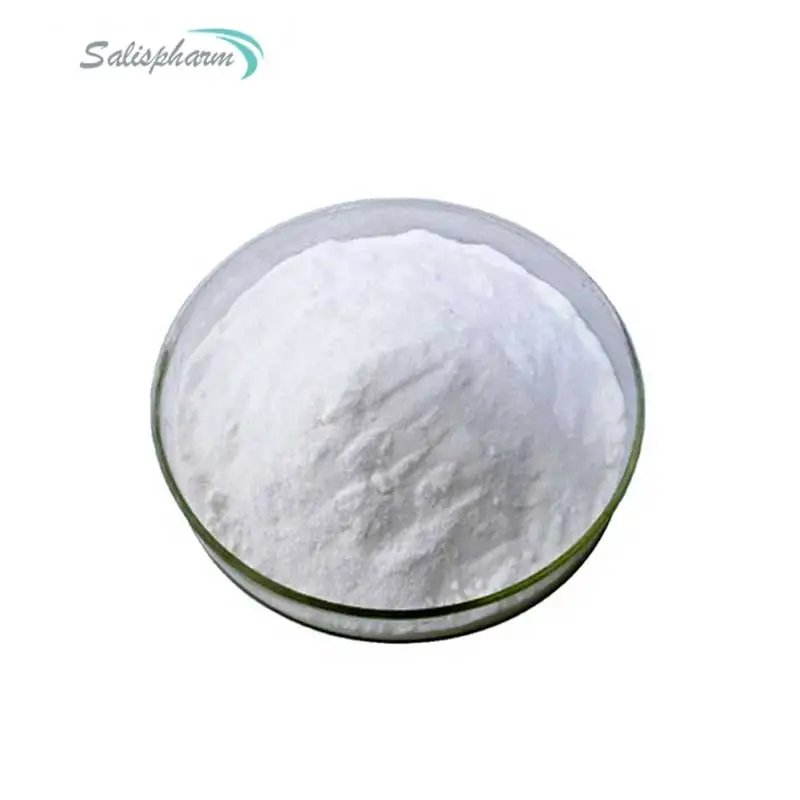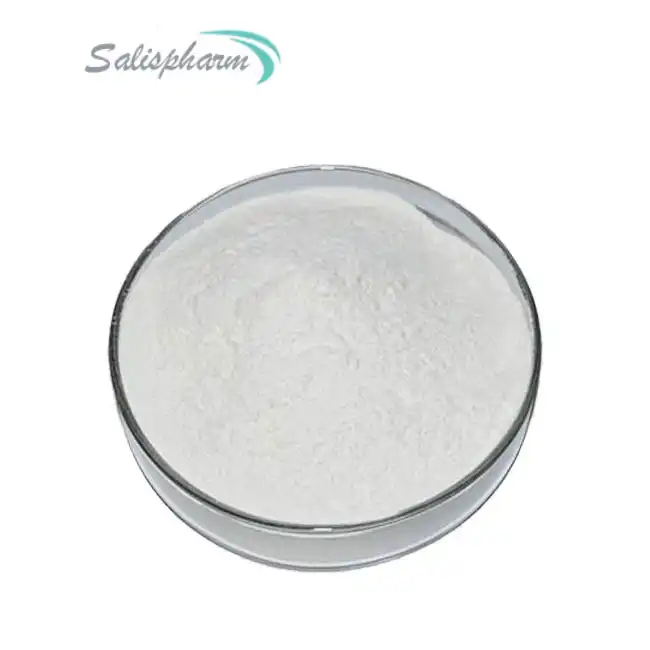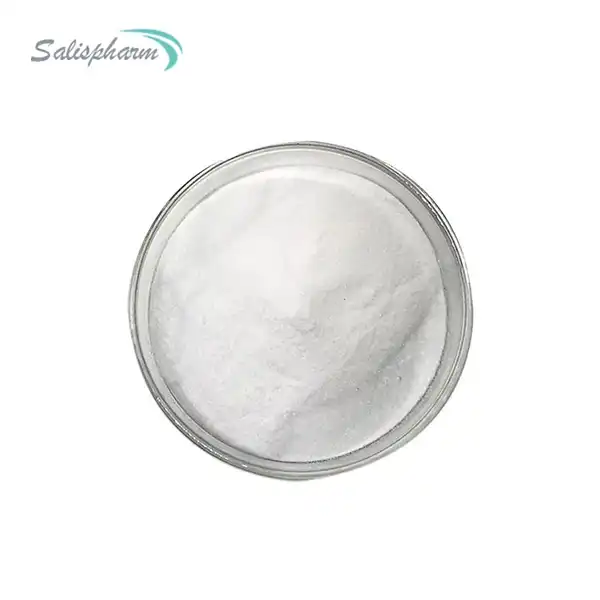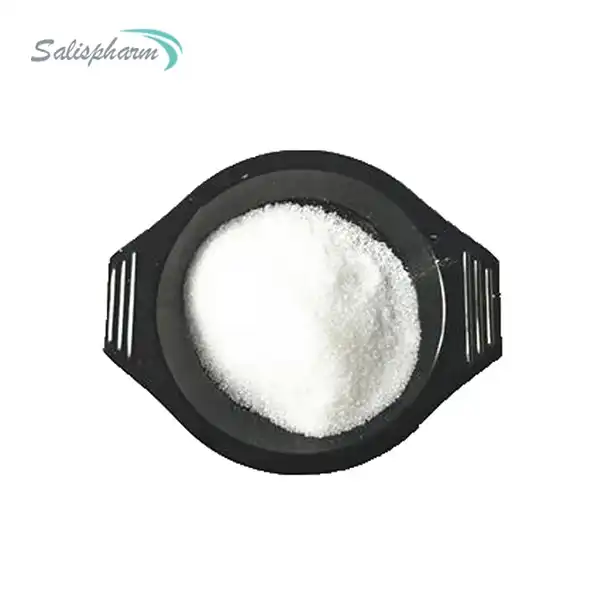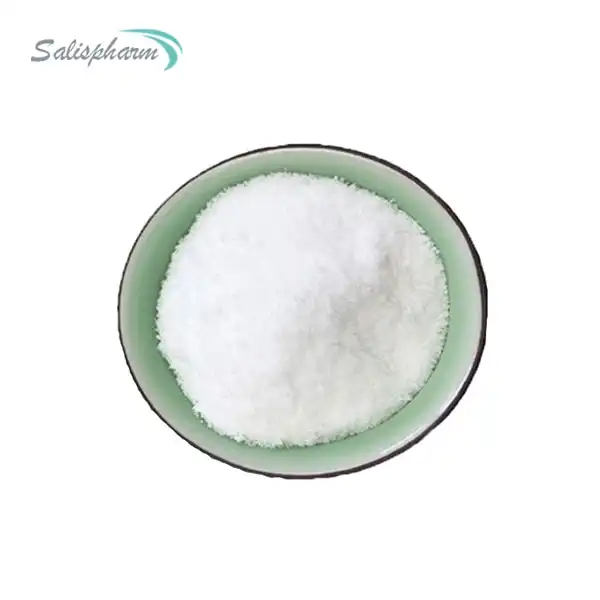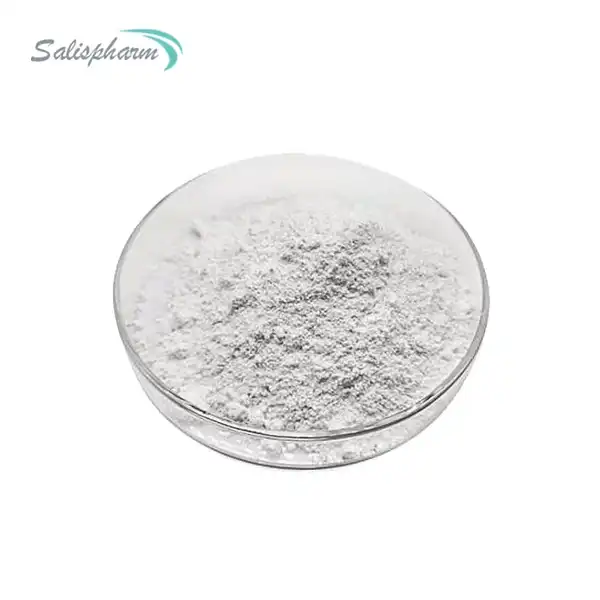Betamethasone powder is a potent corticosteroid medication that has gained significant attention in dermatology for its potential benefits in treating various skin conditions. This synthetic glucocorticoid is known for its anti-inflammatory, antipruritic, and vasoconstrictive properties, making it a popular choice among healthcare professionals for managing a wide range of skin issues. As we delve deeper into the world of betamethasone powder and its effects on skin health, we'll explore its applications, efficacy, and proper usage to help you better understand this powerful dermatological tool.
How does betamethasone powder work on skin conditions?
Betamethasone powder works through several mechanisms to address various skin conditions. At its core, this corticosteroid targets the inflammatory process, which is a common factor in many dermatological issues. When applied to the skin, betamethasone penetrates the epidermis and dermis, where it interacts with cellular components to suppress the production of inflammatory mediators.
One of the primary ways betamethasone powder affects skin conditions is by inhibiting the release of pro-inflammatory substances such as cytokines, prostaglandins, and leukotrienes. These molecules are responsible for triggering and maintaining inflammation, redness, and swelling in the skin. By reducing their production, betamethasone effectively calms the inflammatory response, leading to a decrease in symptoms associated with various skin disorders.
Additionally, betamethasone powder has a vasoconstrictive effect on the blood vessels in the skin. This means it causes the blood vessels to narrow, which can help reduce redness and swelling. The vasoconstriction also contributes to the overall anti-inflammatory action of the medication by limiting the influx of inflammatory cells to the affected area.
The antipruritic (anti-itching) properties of betamethasone powder are particularly beneficial for patients suffering from conditions characterized by intense itching, such as eczema or psoriasis. By modulating the sensory nerve endings in the skin and reducing inflammation, betamethasone helps alleviate the urge to scratch, which can prevent further damage to the skin and promote healing.
Furthermore, betamethasone powder has immunomodulatory effects, meaning it can influence the activity of the immune system in the skin. This is particularly useful in treating autoimmune skin conditions where the body's immune system mistakenly attacks healthy skin cells. By suppressing this overactive immune response, betamethasone can help manage symptoms and prevent flare-ups of conditions like psoriasis or certain types of dermatitis.
It's important to note that while betamethasone powder is highly effective in treating various skin conditions, its potency also means that it should be used judiciously and under the guidance of a healthcare professional. The strength and duration of treatment should be tailored to the specific condition being treated and the individual patient's needs to maximize benefits while minimizing potential side effects.
What skin conditions can betamethasone powder treat effectively?
Betamethasone powder has proven to be an effective treatment for a wide range of skin conditions due to its potent anti-inflammatory and immunomodulatory properties. Its versatility in addressing various dermatological issues has made it a valuable tool in the dermatologist's arsenal. Let's explore some of the most common skin conditions that betamethasone powder can treat effectively:
1. Psoriasis: This chronic autoimmune condition causes rapid skin cell turnover, resulting in thick, scaly patches on the skin. Betamethasone powder can help reduce inflammation, slow down skin cell production, and alleviate the itching and discomfort associated with psoriasis. It is particularly effective for treating localized areas of psoriasis, such as on the scalp, elbows, or knees.
2. Eczema (Atopic Dermatitis): Characterized by dry, itchy, and inflamed skin, eczema can be effectively managed with betamethasone powder. The medication helps reduce inflammation, relieve itching, and calm flare-ups. It's especially useful for moderate to severe cases of eczema that haven't responded well to milder treatments.
3. Contact Dermatitis: This skin reaction occurs when the skin comes into contact with irritants or allergens. Betamethasone powder can quickly reduce the inflammation, redness, and itching associated with contact dermatitis, providing relief and promoting healing.
4. Seborrheic Dermatitis: This condition causes scaly, red patches on the skin, often on the scalp, face, and upper body. Betamethasone powder can help control the inflammation and flaking associated with seborrheic dermatitis, particularly in more severe cases.
5. Lichen Planus: This inflammatory condition can affect the skin, mucous membranes, and nails. Betamethasone powder can help manage the itching and inflammation associated with lichen planus, particularly in its cutaneous form.
6. Lupus Erythematosus: For cutaneous manifestations of lupus, betamethasone powder can be an effective treatment option. It helps reduce inflammation and manage symptoms such as the characteristic butterfly rash associated with lupus.
7. Severe Insect Bites or Stings: In cases of severe allergic reactions to insect bites or stings, betamethasone powder can help reduce swelling, redness, and itching, providing rapid relief.
8. Severe Poison Ivy, Oak, or Sumac Reactions: For individuals who experience severe reactions to these plants, betamethasone powder can effectively manage the intense itching, blistering, and inflammation.
9. Alopecia Areata: This autoimmune condition causes hair loss in patches. Betamethasone powder, particularly when used in combination with other treatments, can help stimulate hair regrowth in some cases.
10. Keloids and Hypertrophic Scars: While not a primary treatment, betamethasone powder can be used to help reduce the inflammation and itching associated with these types of excessive scarring.
11. Vitiligo: In some cases, betamethasone powder may be used as part of a treatment plan for vitiligo, particularly in combination with phototherapy or other medications.
12. Granuloma Annulare: This chronic skin condition causes raised, ring-shaped lesions. Betamethasone powder can help reduce inflammation and improve the appearance of these lesions.
It's crucial to emphasize that while betamethasone powder is highly effective for these conditions, its use should always be under the guidance of a healthcare professional. The potency of betamethasone means that it's typically reserved for moderate to severe cases or for short-term use to manage acute flare-ups. The dosage, frequency of application, and duration of treatment should be carefully tailored to each individual's needs and the specific condition being treated.
Moreover, betamethasone powder is often used in combination with other treatments for optimal results. For example, in psoriasis treatment, it might be used alongside vitamin D analogues or phototherapy. In eczema management, it could be part of a comprehensive treatment plan that includes moisturizers and trigger avoidance.
By effectively treating these various skin conditions, betamethasone powder can significantly improve a patient's quality of life. It can help alleviate uncomfortable symptoms, improve the appearance of affected skin, and in many cases, induce remission of the condition. However, as with any powerful medication, the benefits must always be weighed against potential risks, and long-term use should be monitored closely by a healthcare provider.
How should betamethasone powder be applied for optimal results?
The proper application of betamethasone powder is crucial for achieving optimal results while minimizing potential side effects. As a potent corticosteroid, it's essential to use betamethasone powder correctly to maximize its benefits for skin health. Here's a comprehensive guide on how to apply betamethasone powder for the best outcomes:
1. Cleanse the Affected Area: Before applying betamethasone powder, gently clean the affected skin area with mild soap and lukewarm water. Pat the skin dry with a soft towel. This step ensures that the medication can be absorbed effectively and reduces the risk of infection.
2. Prepare the Powder: If you're using betamethasone in its pure powder form, it may need to be mixed with a suitable base or vehicle as directed by your healthcare provider. This could be a cream, ointment, or lotion base, depending on the specific formulation prescribed.
3. Apply a Thin Layer: Use your fingertips to apply a thin layer of the betamethasone preparation to the affected area. Gently rub it in until it's no longer visible on the skin. Remember, with potent corticosteroids like betamethasone, a little goes a long way. Using more than prescribed won't increase effectiveness but may increase the risk of side effects.
4. Cover Only the Affected Area: Be precise in your application, covering only the affected skin and a small margin around it. Avoid spreading the medication to unaffected areas, as this can lead to unnecessary exposure and potential side effects.
5. Wash Your Hands: After applying the medication, wash your hands thoroughly to remove any residual betamethasone. This prevents accidental transfer to other parts of your body or to other people.
6. Follow the Prescribed Frequency: Adhere strictly to the application schedule prescribed by your healthcare provider. This is typically once or twice daily, but it can vary depending on the condition being treated and its severity.
7. Avoid Occlusion Unless Directed: Unless specifically instructed by your doctor, avoid covering the treated area with bandages or tight clothing. Occlusion can increase the absorption of betamethasone, potentially leading to increased side effects.
8. Be Consistent: For best results, apply betamethasone powder at the same time each day. This helps maintain a consistent level of the medication in your skin.
9. Don't Suddenly Stop Treatment: Even if your symptoms improve, continue using betamethasone powder for the full duration prescribed by your doctor. Abruptly stopping corticosteroid treatment can lead to a rebound effect or worsening of symptoms.
10. Combine with Moisturizers: If you're using other skincare products like moisturizers, apply betamethasone powder first and allow it to be absorbed before applying other products. Wait at least 10-15 minutes between applications.
11. Be Cautious with Sensitive Areas: Take extra care when applying betamethasone powder to sensitive areas such as the face, groin, or under the arms. These areas are more prone to side effects and may require a different application regimen.
12. Monitor for Improvements and Side Effects: Keep track of how your skin responds to the treatment. If you notice significant improvement, inform your doctor as they may adjust the treatment plan. Similarly, if you experience any unusual side effects, contact your healthcare provider promptly.
13. Store Properly: Keep betamethasone powder in a cool, dry place away from direct sunlight. Ensure the container is tightly closed when not in use to maintain the medication's efficacy.
By following these guidelines, you can ensure that you're using betamethasone powder safely and effectively. Remember, this medication is a powerful tool in managing various skin conditions, but its use should always be under the guidance of a healthcare professional. They can provide personalized advice based on your specific condition, skin type, and overall health status.
It's also worth noting that while betamethasone powder is highly effective, it's not intended for long-term continuous use in most cases. Your doctor will likely prescribe it for a specific duration and may recommend intermittent use or a gradual tapering off to maintain results while minimizing potential side effects. Always communicate openly with your healthcare provider about your treatment progress and any concerns you may have to ensure the best possible outcome for your skin health.
If you are also interested in this product and want to know more product details, or want to know about other related products, please feel free to contact iceyqiang@aliyun.com.
References
1. National Eczema Association. (2023). "Topical Steroids."
2. American Academy of Dermatology Association. (2024). "Corticosteroids: Overview."
3. British Association of Dermatologists. (2022). "Topical Corticosteroids."
4. DermNet NZ. (2023). "Betamethasone."
5. Mayo Clinic. (2024). "Betamethasone (Topical Application Route)."
6. Medscape. (2023). "Betamethasone (Rx)."
7. National Health Service (NHS). (2024). "Betamethasone."
8. U.S. National Library of Medicine. (2023). "Betamethasone Topical." MedlinePlus.
9. World Health Organization. (2022). "WHO Model Prescribing Information: Drugs Used in Skin Diseases."
10. Journal of Clinical Medicine. (2023). "Topical Corticosteroids in Dermatology: A Review."



